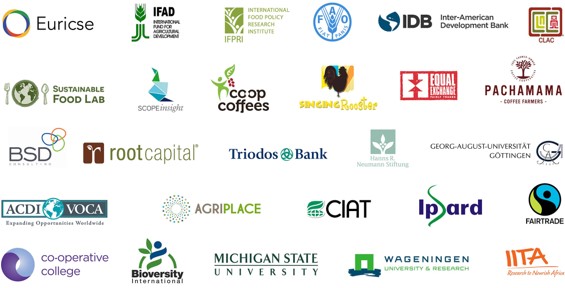Purpose
Rapidly diagnose the effectiveness and viability of a producer organization to understand its performance on dozens of key indicators designed to enable comparison and benchmarking with others if desired
Definition: Comprehensive indicators combine to provide a balanced understanding and insight with a state-of-the-art assessment of any rural association or agricultural enterprise
Distinction
Optimal approach developed by a consortium of nearly 30 organizations, COSA’s online self-assessment has immediate scoring and insights to empower producers and their organizations.
Benefiting from the ‘group genius’ of 30 institutional experts, our insightful metrics provide complete diagnostics for rural organizations to thrive

Nearly one billion people around the world belong to cooperatives and producer organizations. A quick diagnosis of their effectiveness and viability is possible with COSA’s POD: Producer Organization Diagnostic tool. The POD is a free, public online self-assessment that gives immediate scoring and benchmarking as well as useful tips and insights about what makes organizations successful.



